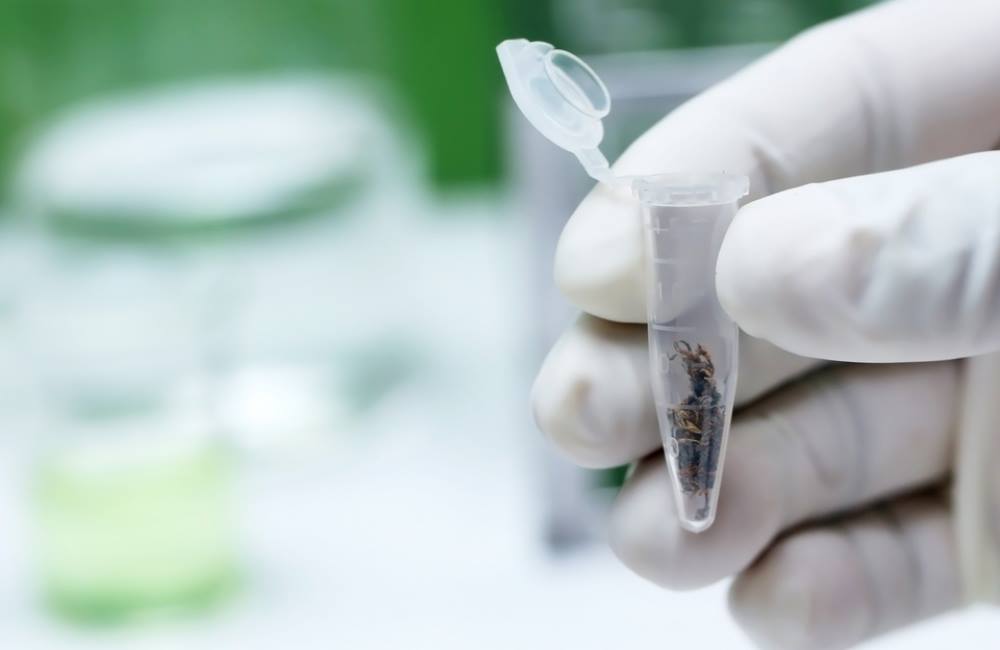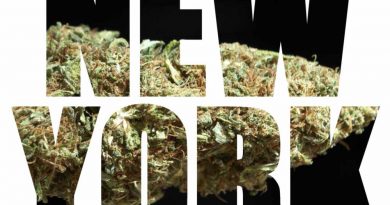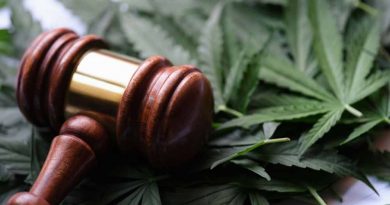Why Isn’t More Marijuana Research Done in the U.S.A.?
People on both sides of the legalization debate would like more research into the possible uses of cannabis. However, more marijuana research isn’t done in the United States because marijuana is listed as a Schedule I illegal drug by the federal government.
That makes it more difficult for researchers to obtain cannabis for research. Doing so requires a “lengthy and cumbersome” process, according to one of the country’s top researchers.
The illegal status leaves only a facility at the University of Mississippi as an official source of cannabis for researchers. However, a new study questions whether the cannabis grown there is close enough to commercially sold marijuana to make the research valid.
Making Marijuana Research Harder
Advocates for marijuana point out the benefits found in myriad studies. They can range from dealing with nausea to helping manage pain and inflammation. Opponents are concerned that such claims are overblown.
In short, both sides would like more thorough research done on marijuana by researchers in the U.S.
However, current law makes that difficult. Nora Volkow, the director of the National Institute on Drug Abuse, told a congressional subcommittee in recent testimony that Schedule I status greatly hinders research.
Volkow was referring to the herb kratom, which federal officials may put on the Schedule I illegal drug list. Volkow told the subcommittee the moment something is placed on Schedule I “it makes research much harder. This is because [researchers] actually have to go through a registration process that is actually lengthy and cumbersome.”
One of the committee members, Rep. Mark Pocan, a Democrat from Wisconsin, pointed out that Schedule I status has contributed to “all the problems we’re trying to untangle right now around cannabis” in terms of marijuana research.
University of Mississippi Marijuana
Currently, the only facility licensed by the Drug Enforcement Agency (DEA) to grow marijuana that can be used in studies is at the University of Mississippi. Last year, the facility reached its 50th year of having the government grow contract.
The facility produces cannabis products, including marijuana flower and CBD extracts.
However, a new study raises questions about the plants grown for marijuana research in Mississippi. The study found that cannabis grown there has a genetic composition that is closer to that of hemp than to marijuana sold at dispensaries.
The report stated: “A majority of commercially available drug-type cannabis was genetically very distinct from NIDA samples. These results suggest that subjects consuming NIDA research-grade marijuana may experience different effects than average consumers.”
In 2016, the DEA started accepting applications for other research facilities, but none of those applications have been processed by the Justice Department, according to Marijuana Moment.




